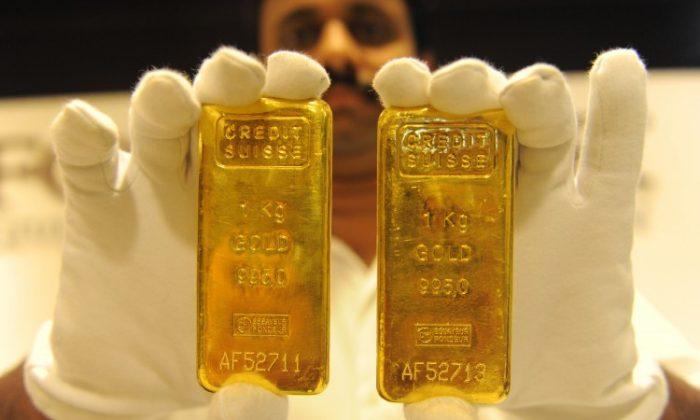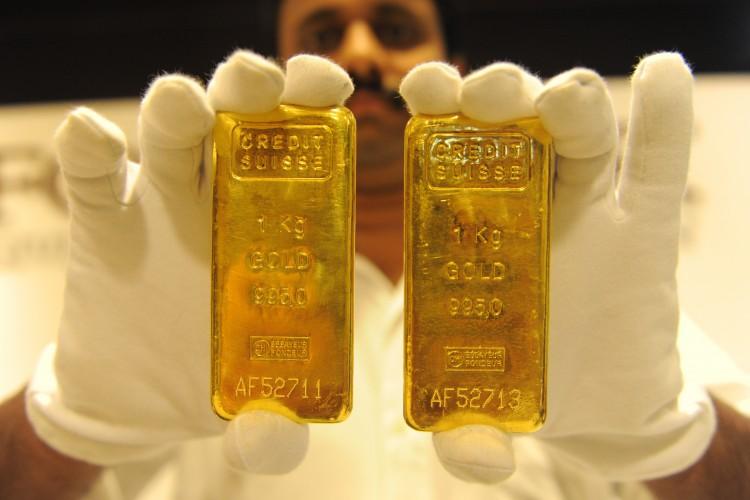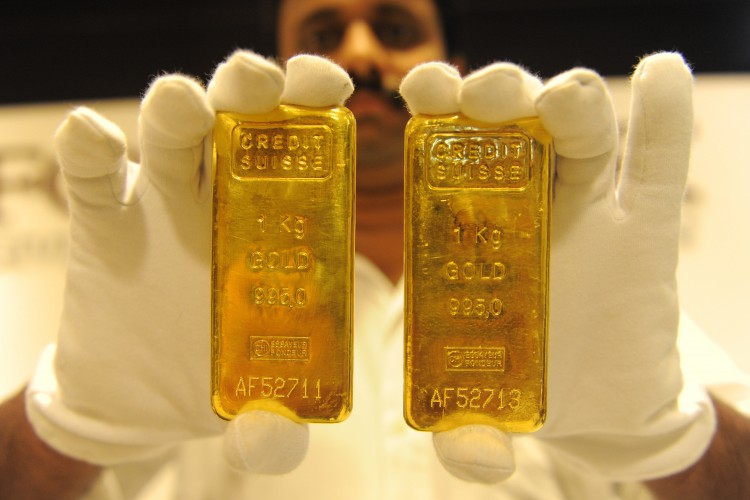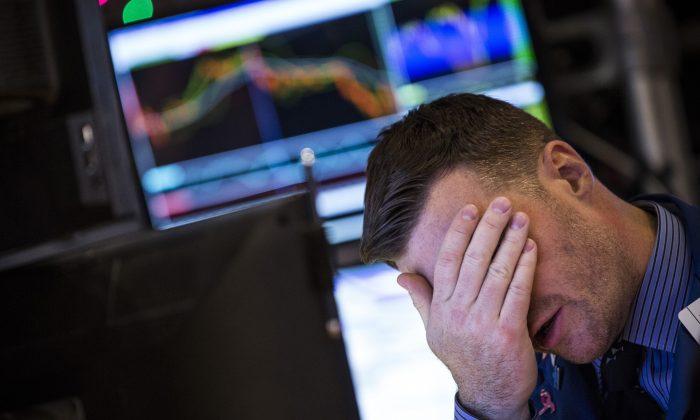Gold futures jumped on the last day of 2012, finishing 6 percent higher in 2012, the twelfth consecutive annual increase the precious metal has enjoyed.
Gold prices were buoyed by the announcement on Monday that President Barack Obama and Congressional leaders reached a budget deal to largely avoid the long feared “fiscal cliff.” The compromise was not able to meet the Dec. 31 budget deadline, but any effects of going over the “cliff” would be minimal.
Futures settling in Feb. 2013 rose $19.90, or 1.2 percent, to $1,675.80 per ounce on the Comex exchange, of the New York Mercantile Exchange. That price was itself a two-week high.
It was the twelfth year gold has increased. Since the beginning of 2000, price of gold has gained more than six-fold, easily making it one of the best investment classes during the timeframe.
The precious metal’s 6 percent gain in 2012 largely came on the backs of loose monetary policy from the Federal Reserve, which boost demand for the metal in the eyes of investors looking for alternative assets outside of those denominated in the falling U.S. dollar. And low prevailing interest rates made bonds less attractive.
But gold prices decreased in the weeks heading into the end of 2012, as some investors sought to lock in gains ahead of possible tax-rate increases this year.
The streak should continue, analysts say, and gold should reach new heights in 2013. Analysts from Morgan Stanley Co. said in Dec. that due to easy-money policies from central banks across the world, gold will be among the highest-performing commodities in 2013. Another driver for gold growth is purchases by central banks as they look to diversify their foreign exchange reserves.
“Between Europe, Japan and the U.S. continuing to do quantitative easing, I think that’s bullish for gold,” Bob Haberkorn, a commodities broker at RJO Futures, said in a WSJ report.
But experts suggest that as the global economy improves, demand for gold may wane as investors become more comfortable putting cash in non-gold assets if high-enough returns are expected.
Other precious metals such as silver, platinum, and palladium also advanced.
The Epoch Times publishes in 35 countries and in 19 languages. Subscribe to our e-newsletter.







Friends Read Free